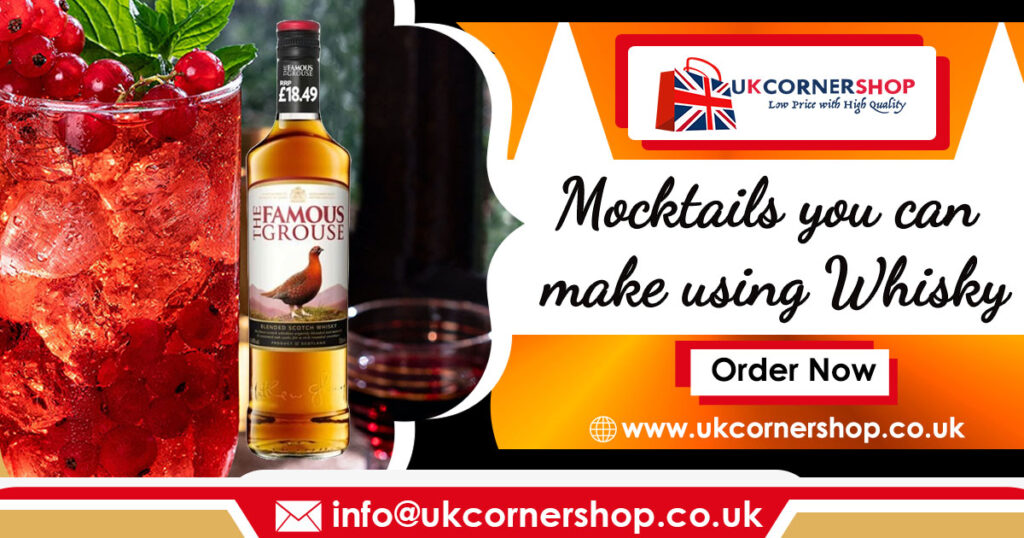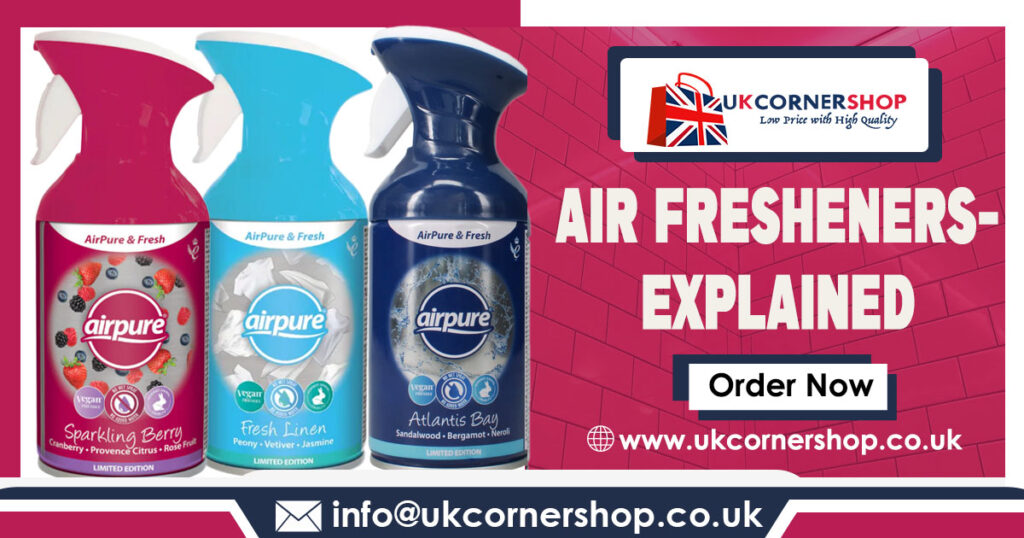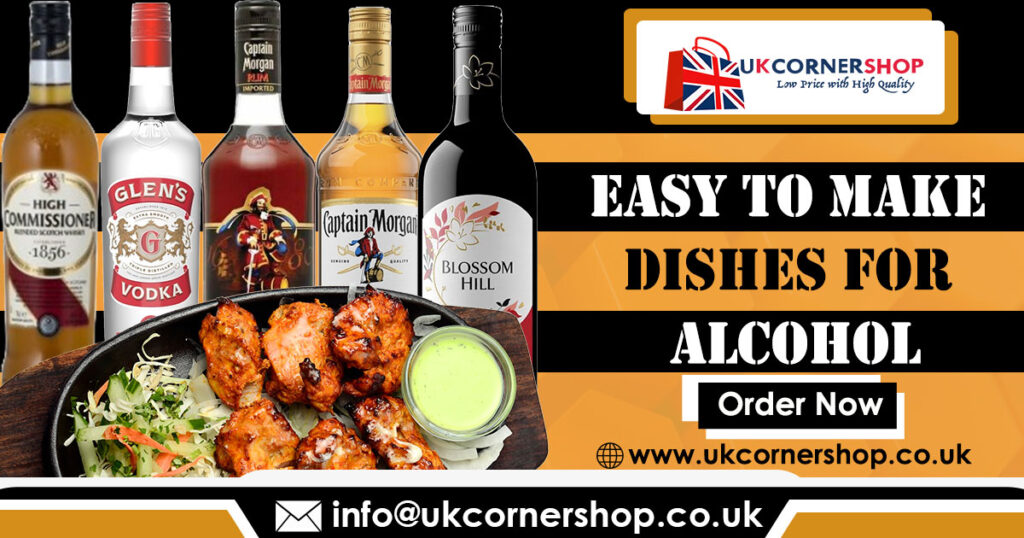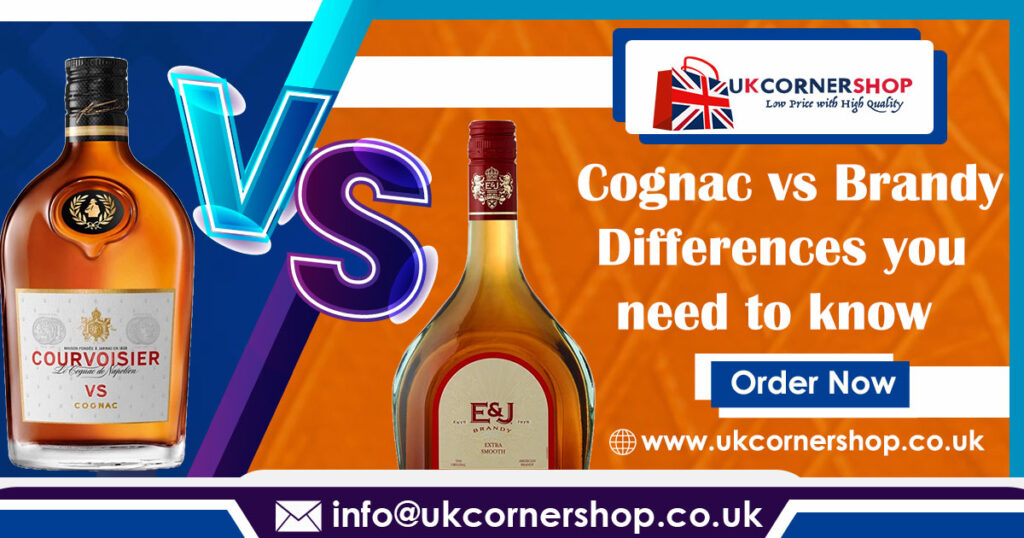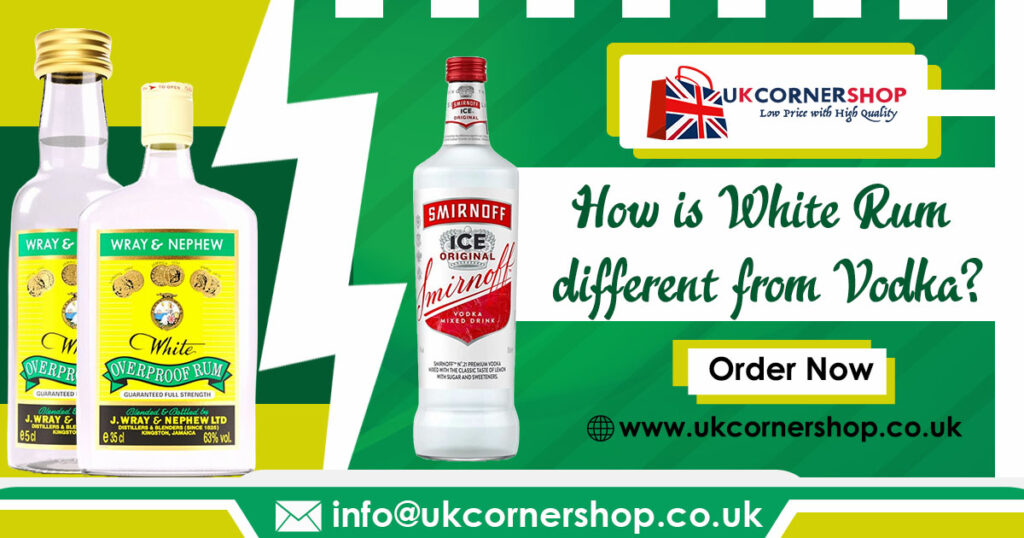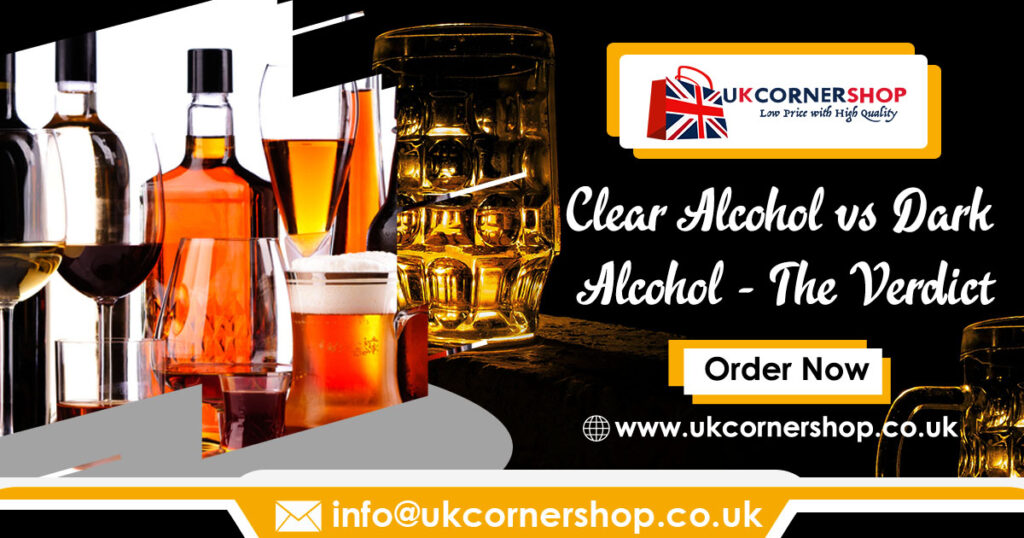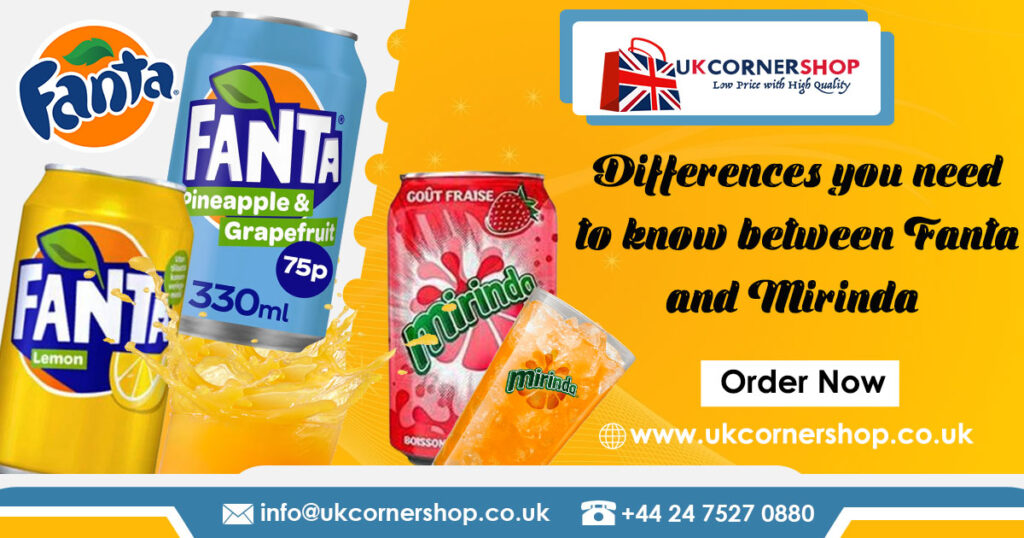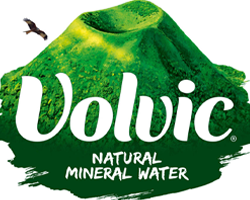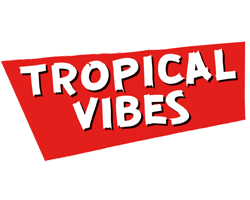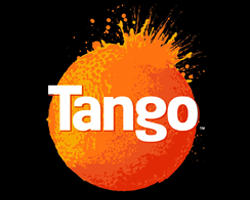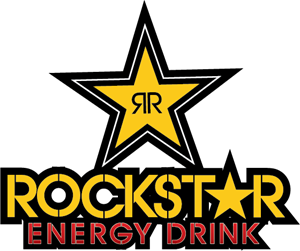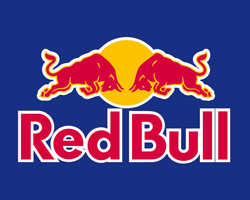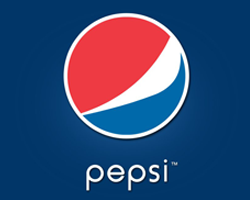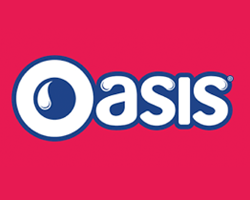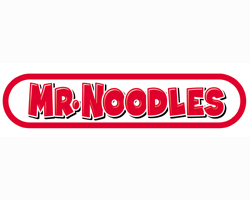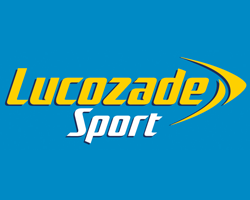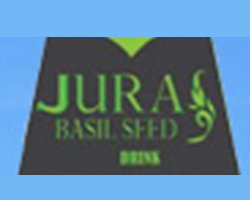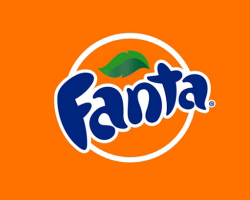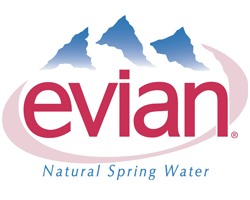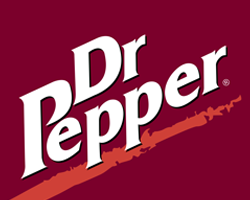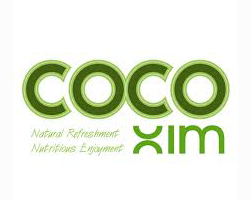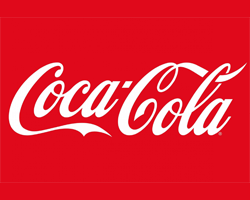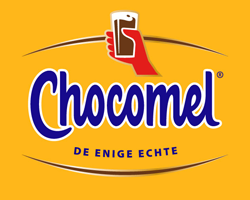Sauvignon Blanc, a versatile and vibrant white wine, has captivated wine enthusiasts around the world with its distinct flavors and refreshing character. Originating from the Bordeaux region of France, Sauvignon Blanc has now spread its tendrils across the globe, producing exceptional wines that cater to a wide range of palates. In this guide, we will explain the unique characteristics of Sauvignon Blanc, explore its global appeal, and uncover the reasons behind its enduring popularity.
Understanding Sauvignon Blanc
Sauvignon Blanc is renowned for its crisp acidity, bright citrus flavors, and herbaceous notes. The grapes are often harvested early to maintain the wine’s signature freshness.
Aromas of green apple, passion fruit, grapefruit, and a hint of bell pepper contribute to its distinctive profile. The wine can range from bone-dry to slightly sweet, appealing to a broad spectrum of wine enthusiasts.
History of Sauvignon Blanc Wine
Sauvignon Blanc, with its roots firmly planted in the historic vineyards of Bordeaux, France, boasts a storied history that spans both time and geography.
The very name of this white grape variety, derived from the French words “sauvage” (wild) and “blanc” (white), hints at its untamed origins. Beyond its role as a standalone varietal, Sauvignon Blanc has etched its mark in viticultural history as one of the parent grapes to the illustrious Cabernet Sauvignon, underscoring its significance in shaping the world of wine.
The grape’s journey took an intriguing turn as it ventured into the scenic landscapes of the Loire Valley, finding a receptive home in subregions such as Sancerre and Pouilly-Fumé. Here, the grape adapted to local terroir, producing wines with a distinctive mineral character that added to its allure.
In the latter half of the 20th century, Sauvignon Blanc embarked on an international odyssey, establishing itself in the New World. Notably, New Zealand’s Marlborough region emerged as a significant player, garnering global acclaim for Sauvignon Blanc with its vibrant fruit flavors and intense aromatics.
Simultaneously, the grape found success in diverse regions, including California, South Africa, Australia, and Chile, each contributing unique expressions shaped by their specific climates and soils.
The diversity in winemaking styles further underscores Sauvignon Blanc’s adaptability. Winemakers experiment with techniques such as stainless steel fermentation to preserve the grape’s crisp acidity or barrel aging to introduce complexity and texture.
Sauvignon Blanc’s global popularity is rooted in its approachability and food-friendly nature, making it a perennial favorite for a wide range of palates.
Whether sipped in the Old World vineyards of France or the lush landscapes of New Zealand, Sauvignon Blanc continues to captivate wine enthusiasts with its refreshing character and diverse expressions.
ABV of the Sauvignon Blanc wines
The alcohol by volume (ABV) of Sauvignon Blanc wines can vary depending on several factors, including the winemaking style, the region where the grapes are grown, and the decisions made by the winemaker.
In general, Sauvignon Blanc wines typically have an ABV ranging from 11% to 13.5%. However, it’s essential to check the specific label of the Sauvignon Blanc you have, as individual wines may fall outside this range.
New World Sauvignon Blancs, such as those from New Zealand and California, often lean towards the higher end of the ABV spectrum, while Old World Sauvignon Blancs from regions like the Loire Valley in France may be on the lower end. The alcohol content contributes to the overall balance and perception of the wine’s body and can influence its pairing suitability with different types of food.
Food Pairing Harmony
One of the reasons behind Sauvignon Blanc’s widespread popularity is its exceptional versatility when it comes to food pairing. The wine has a crisp acidity and vibrant flavors make it an ideal companion for a variety of dishes.
Seafood, salads, goat cheese, and dishes with herbal elements, such as pesto or cilantro, complement the wine’s profile. Its ability to cut through rich and creamy textures makes it a favorite choice with creamy pastas, sushi, and even spicy cuisine.
Sauvignon Blanc Styles
Winemakers craft Sauvignon Blanc in various styles to cater to diverse preferences. The traditional style, often associated with Bordeaux, leans towards a more restrained and mineral-driven profile.
Meanwhile, the New World styles, especially from New Zealand and California, showcase bold fruit flavors and pronounced acidity. Some winemakers experiment with barrel aging or blending with other grape varieties, adding layers of complexity to the wine.
Why is Sauvignon Blanc Wine so Popular? – Convenience Store
Several factors contribute to the enduring popularity of Sauvignon Blanc. Its refreshing acidity and crispness make it an excellent choice for warm weather and outdoor settings.
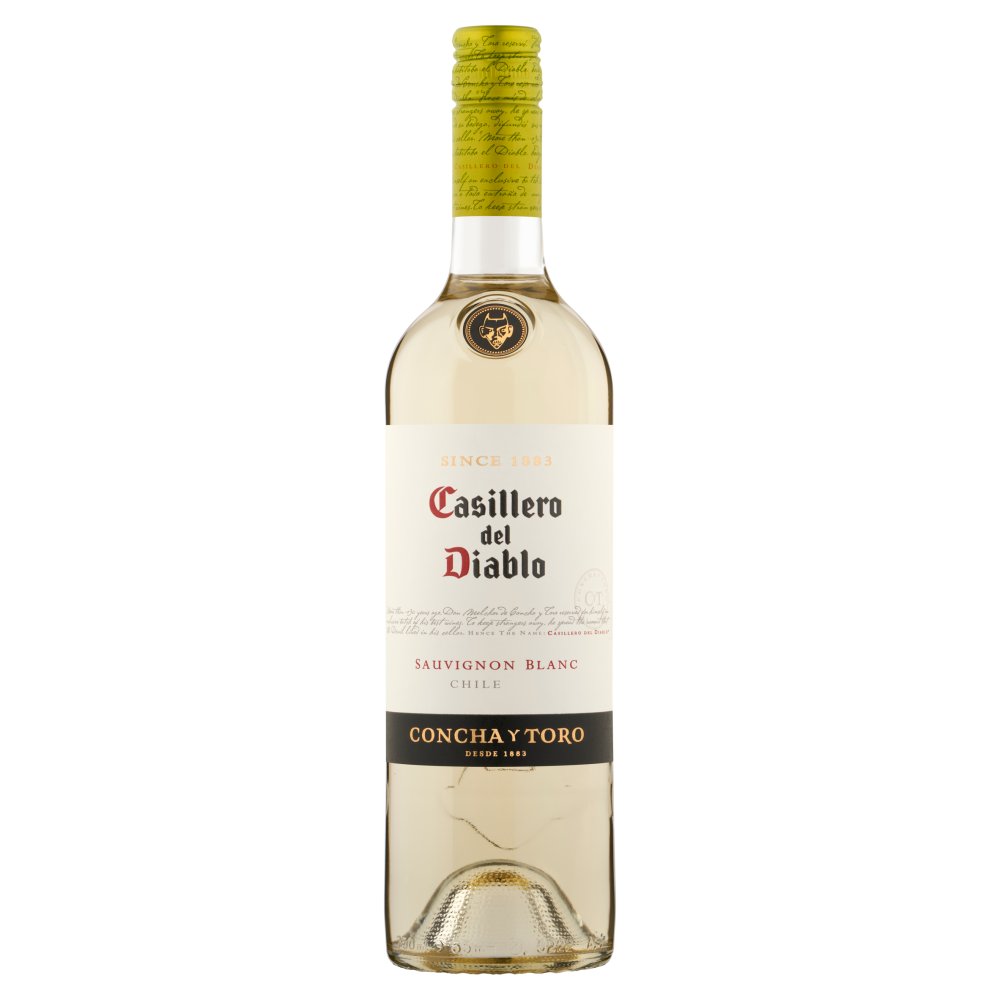 The wide range of styles ensures that there is a Sauvignon Blanc to suit every palate, from those who appreciate a lean, mineral-driven wine to those who prefer a fruit-forward and aromatic experience. The wine’s food-friendly nature further enhances its appeal, as it seamlessly complements a variety of cuisines.
The wide range of styles ensures that there is a Sauvignon Blanc to suit every palate, from those who appreciate a lean, mineral-driven wine to those who prefer a fruit-forward and aromatic experience. The wine’s food-friendly nature further enhances its appeal, as it seamlessly complements a variety of cuisines.
How to store and serve Sauvignon Blanc Wine to make it a very delightful drink?
Serving Sauvignon Blanc involves a few key considerations to ensure that you fully enjoy its unique flavors and aromas. Here’s a guide on how to best serve Sauvignon Blanc
Temperature
Serve Sauvignon Blanc chilled, but not excessively so. The recommended temperature is generally between 45-55°F (7-13°C).
Too cold a temperature can mute the wine’s aromatic nuances, so avoid over-chilling.
Glassware
Opt for a medium-sized, tulip-shaped glass. This design helps concentrate the wine’s aromas, allowing you to fully experience its vibrant and aromatic profile.
A glass with a slightly narrower rim can also help capture and direct the wine’s aromas towards your nose.
Decanting
Sauvignon Blanc is typically enjoyed young and fresh, so decanting is not necessary. However, for aged or oaked Sauvignon Blanc, a brief decanting can help soften any harsh edges.
Opening the Bottle
Before opening, store the bottle upright for a few hours to allow any sediment to settle at the bottom.Use a good quality corkscrew to gently remove the cork to preserve the integrity of the wine.
Aeration
Swirl the wine in the glass to aerate it slightly. This can help release its aromatic compounds and enhance the overall tasting experience.
Storage
If you have leftover wine, recork the bottle and store it in the refrigerator. Consume it within a day or two to preserve its freshness.
Setting
Sauvignon Blanc is versatile and can be enjoyed in various settings. Whether it’s a casual outdoor gathering or a more formal dining experience, the wine’s refreshing character suits many occasions.
Most popular & some well-known Sauvignon Blanc wine brands
Cloudy Bay (New Zealand)
Cloudy Bay is one of New Zealand’s iconic wineries, particularly known for its Sauvignon Blanc. The wine is often praised for its intense aromatics and vibrant citrus and tropical fruit flavors.
Kim Crawford (New Zealand)
Kim Crawford has become synonymous with New Zealand Sauvignon Blanc. Their wines are known for their bright acidity, lively fruit profiles, and crisp finish.
Brancott Estate (New Zealand)
Brancott Estate, formerly known as Montana, played a significant role in establishing Marlborough as a premier Sauvignon Blanc region. Their wines often showcase the region’s characteristic grapefruit and herbaceous notes.
Oyster Bay (New Zealand)
Oyster Bay is celebrated for its approachable and fruit-forward Sauvignon Blanc, featuring tropical fruit flavors and a zesty acidity.
Rombauer Vineyards (California, USA)
Rombauer is renowned for its Napa Valley Sauvignon Blanc. These wines often display a rich and full-bodied style with notes of citrus, melon, and a hint of oak.
Dog Point Vineyard (New Zealand)
Dog Point Vineyard, established by former Cloudy Bay viticulturists, is known for its high-quality Sauvignon Blanc with a focus on purity and expression of terroir.
Sancerre (Loire Valley, France)
Sancerre, the region rather than a specific brand, is known for producing Sauvignon Blanc with a more restrained style, often showcasing minerality and citrus notes.
Craggy Range (New Zealand)
Craggy Range is recognized for producing Sauvignon Blanc with a fine balance of tropical fruit flavors and acidity, hailing from the Martinborough region.
Giesen (New Zealand)
Giesen is a family-owned winery in Marlborough, known for crafting vibrant and expressive Sauvignon Blanc with a focus on sustainable practices.
Spy Valley (New Zealand):
Spy Valley’s Sauvignon Blanc is praised for its intensity, featuring a combination of citrus, tropical fruit, and herbal notes.
Buy Sauvignon Blanc from best Convenience store in UK
If you are residing in the United Kingdom and looking to buy these popular Sauvignon Blanc Wine brands or any other alcoholic beverages, UK Corner Shop is a convenience store which has a large range of Alcoholic Beverages in the United Kingdom and offers our customers to buy these famous Alcoholic brands at the lowest prices.
With excellent customer service, and with their very versatile payment options like cash and carry, UK Corner Shop always makes it the number one choice in the UK for all your Alcoholic beverage needs.





